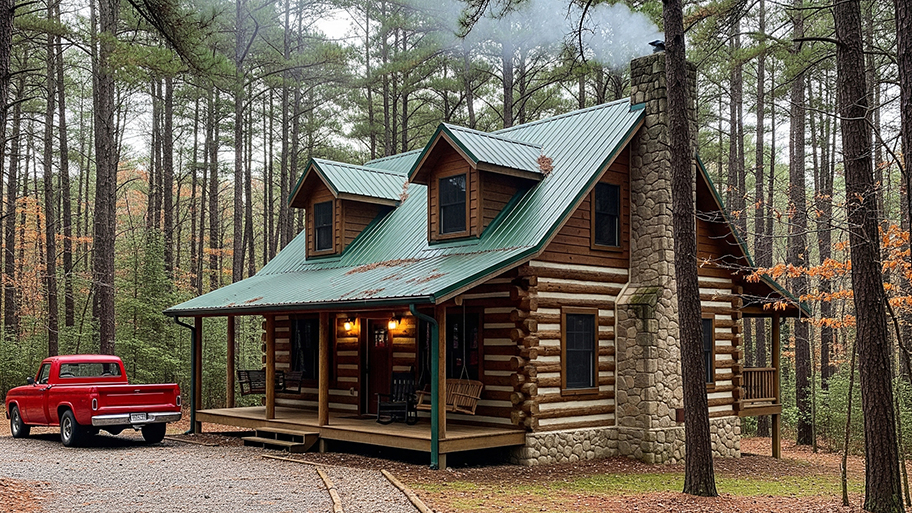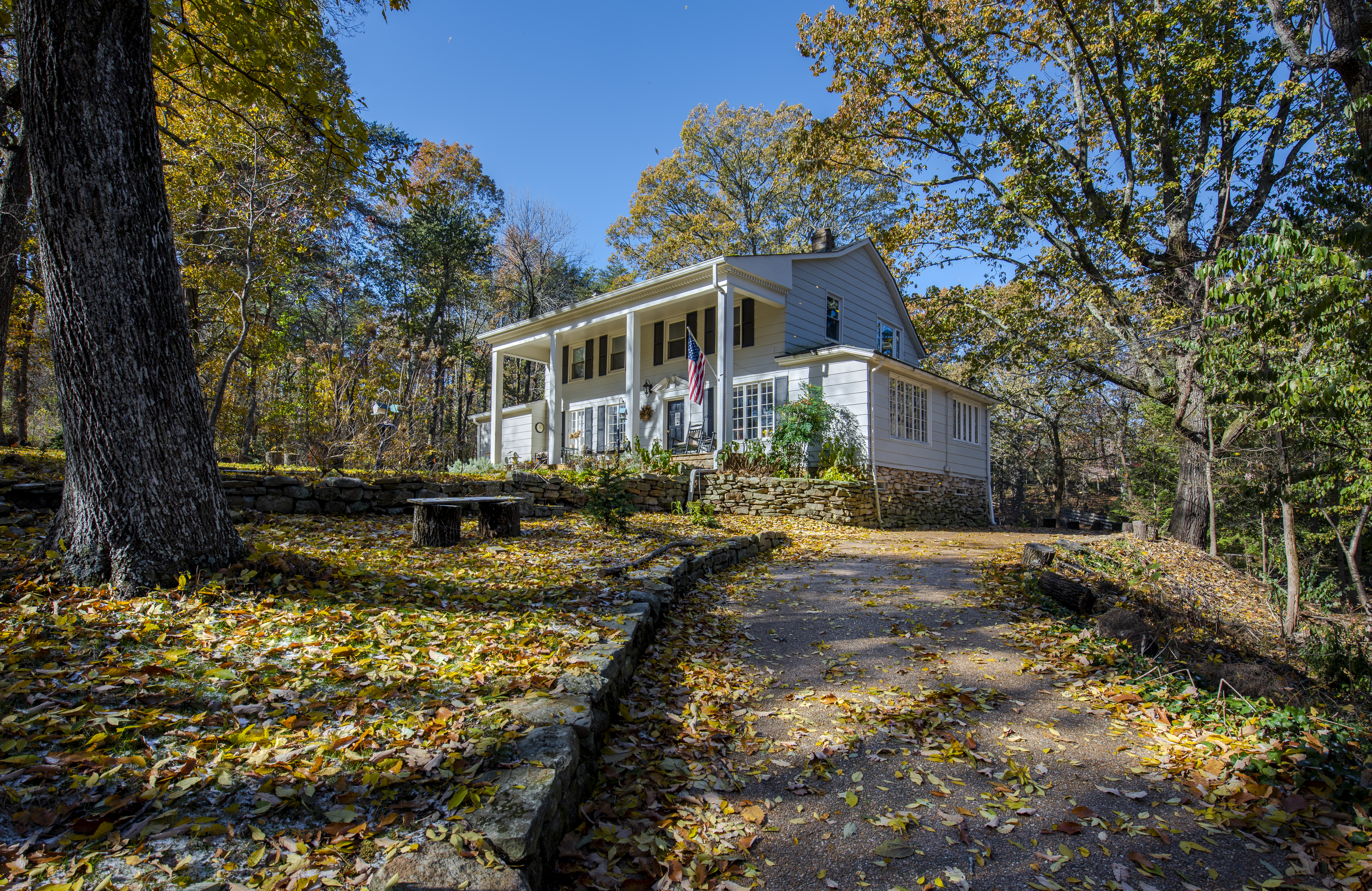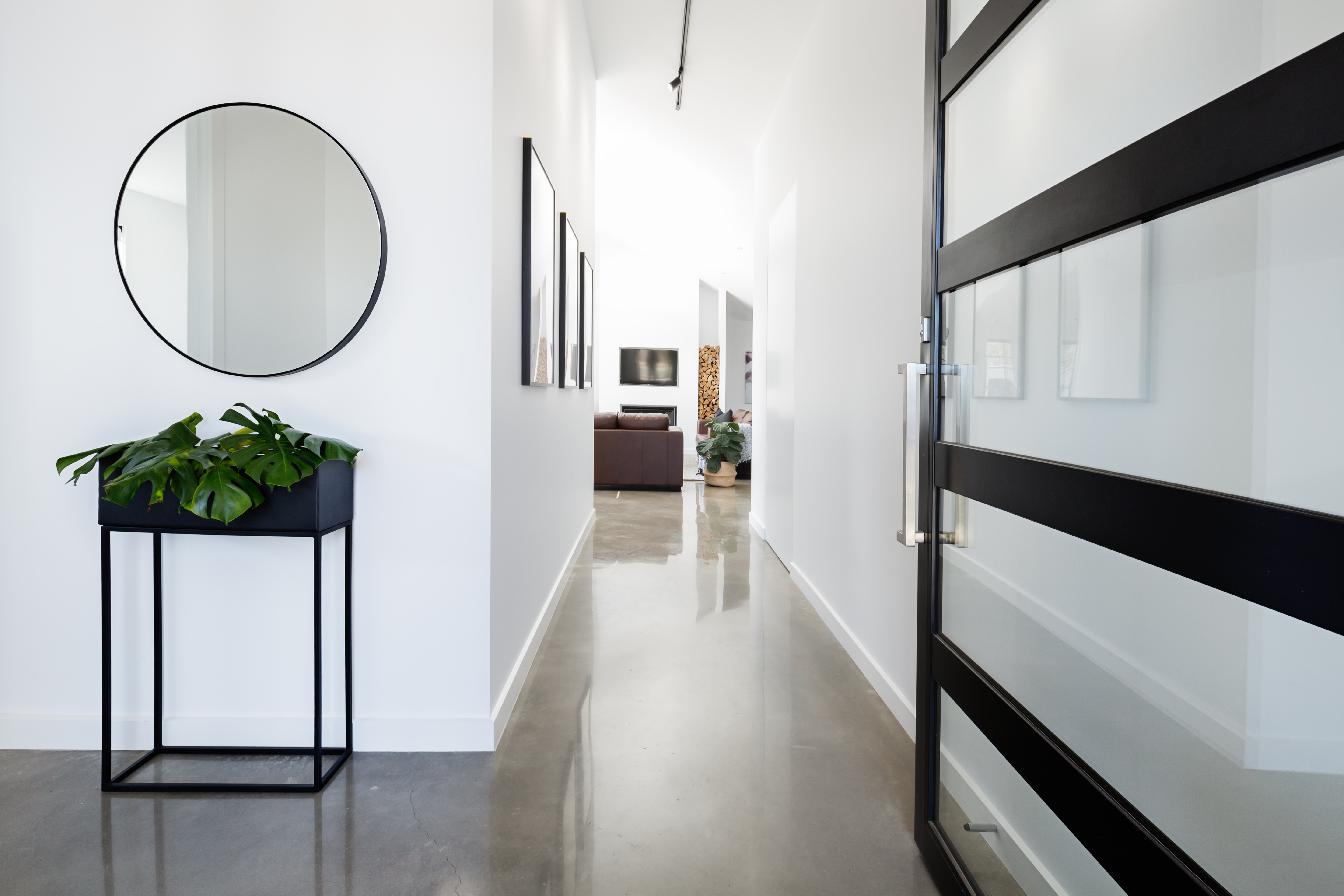
The cost to rebuild a house after a disaster or demolition depends on the house size, features, and more. Learn what affects the cost to rebuild a house.
The cost to convert a vaulted ceiling to a second floor ranges from $13,000 to $26,500, with an average of $20,500 depending on the complexity of the remodel.


The cost to convert a vaulted ceiling to a second floor depends on square footage, labor rates, permit fees, and other factors.
A 100-square foot second floor will cost $9,000 to $15,000, while a 400-square-foot space will cost $20,500 to $50,000.
Labor will account for 50% to 60% of the total project cost.
Converting a vaulted ceiling to a second story could see returns of up to 40%.
The cost to convert a vaulted ceiling to a second floor often ranges from $13,000 for a budget-conscious bedroom installation to $26,500 for a large bedroom suite with a bathroom. That said, total costs can span from $9,000 to $50,000. Most homeowners spend an average of $20,500.
To help homeowners with their next project, Angi provides readers with the most accurate cost data and upholds strict editorial standards. We’ve surveyed thousands of real Angi customers about their project costs to develop the pricing data you see, so you can make the best decisions for you and your home. We pair this data with research from reputable sources, including the U.S. Bureau of Labor Statistics, academic journals, market studies, and interviews with industry experts—all to ensure our prices reflect real-world projects.
The cost to convert a vaulted ceiling into a second-floor room depends on the size, with a 200-square-foot room costing $13,000 to $30,500. Most second-story additions range from 100 to 400 square feet. If more space is needed, consider adding a dormer, which averages around $12,000 to install.
Here’s what you might pay based on square footage, based on the size of the second floor:
100 square feet: $9,000–$15,000
200 square feet: $13,000–$30,500
400 square feet: $20,500–$50,000
For your conversion, you may need to hire a general contractor, architect, structural engineer, carpenter, plumber, electrician, and other pros. Below is a breakdown of the potential pros needed, as well as their costs.
Cost to hire a contractor: 10%–40% addition to the project's price tag
Architect cost: $45–$250 per hour
Structural engineer cost: $70–$250 per hour
Carpenter cost: $75–$100 per hour
Rough-in plumbing for a bathroom and kitchen costs: $1,600–$2,900 each
Installing a sink costs: $220–$645
Shower installation costs: $500–$3,000
Toilet installation costs: $225–$530
Faucet installation costs: $160–$365 each
Plumbing vent rerouting costs: $900–$3,000
Outlet installation costs: $130–$300 each
Installing a light fixture costs: $155–$955 each
Installing a dedicated circuit costs: $570–$1,000
Upgrade electrical panel costs: $1,200–$2,000
Adding a subpanel costs: $400–$2,000
In addition to the costs of hiring labor and purchasing materials, there are some other costs to consider, including the following.
Permits: $500–$3,000 for a construction permit and $10–$500 for each mechanical permit
Demolition and prep: $50–$100 per hour
Post-construction cleanup: $270–$700
Taxes and insurance: Will increase based on the new property
Utilities: $20–$50+ increase per month
When converting a vaulted ceiling into a second floor, labor will account for 50% to 60% of the total cost. Because of its complexity, this job isn't a great candidate for a DIY project. We recommend hiring a local home addition contractor near you, who will perform the following tasks:
Get all permits and inspections
Hire and manage tradespeople and subcontractors
Schedule subcontractor work while adjusting to changes
Ensure the new and old spaces meet building code standards
Provide a warranty after the project
Clean up your new space to move-in-ready condition
It’s possible to manage the project yourself by hiring each tradesperson as needed. However, this method is time-consuming and challenging, as you'll deal with scheduling, delays, inspections, and making adjustments for unforeseen occurrences. You might also hire a contractor for the structural elements and perform some of the finishing work yourself.
In cases where the house structure lacks sufficient height, an alternative option is to add a second story to the home, which is a more costly solution. Yet another option is to add a room above the garage.
Cost to convert a vaulted ceiling to a second floor: $20,500
Average cost to add a second story to the home: $175,000
Average cost to add a room above the garage: $50,000
Since this is a large project, there are several opportunities to save money, including the following:
Identify discounted, upcycled, or recycled materials for your conversion where possible. Reuse stores often have standard home products, such as doors and other interior elements, for low prices.
If you hire a contractor, you may be able to negotiate some cost savings by performing tasks yourself. Some options for DIY involvement include drywall installation ($990 to $3,200), painting a room ($400 to $1,600), demo work ($4 to $15 per square foot), and post-construction cleanup ($270 to $700).
Aim to get at least three quotes from local contractors so you can compare prices and get the best deal.
Converting a vaulted ceiling to a second story could see returns of up to 40%. However, the new layout could deter some buyers, and in certain locations, the ROI could be so low as to warrant considering a different remodeling plan.
Though labor will comprise more than half of your project costs, we recommend hiring a home addition pro to convert your vaulted ceiling into a second floor.
This is a complex job with many working parts, and pros will ensure everything goes smoothly.
To save money, choose budget-friendly materials or DIY tasks like painting, drywall installation, and demo.
From average costs to expert advice, get all the answers you need to get your job done.

The cost to rebuild a house after a disaster or demolition depends on the house size, features, and more. Learn what affects the cost to rebuild a house.

Log cabin costs vary depending on the size of the cabin, the location, and the cabin style. This guide will help you figure out the true cost of a log cabin.

While it isn't easy to expand your property, you can consider building up. The cost of adding a second story has quite the range. We'll break it down here.

Discover the cost to build a saltbox house. Learn about price factors, regional variations, and ways to save on your saltbox home construction project.

Planning a home improvement? Learn which home improvements could lower your insurance rates for the highest ROI—and which could increase your premiums.

Discover the cost to build a modern-style home, including average prices, key factors, and tips to help you plan your project with confidence.